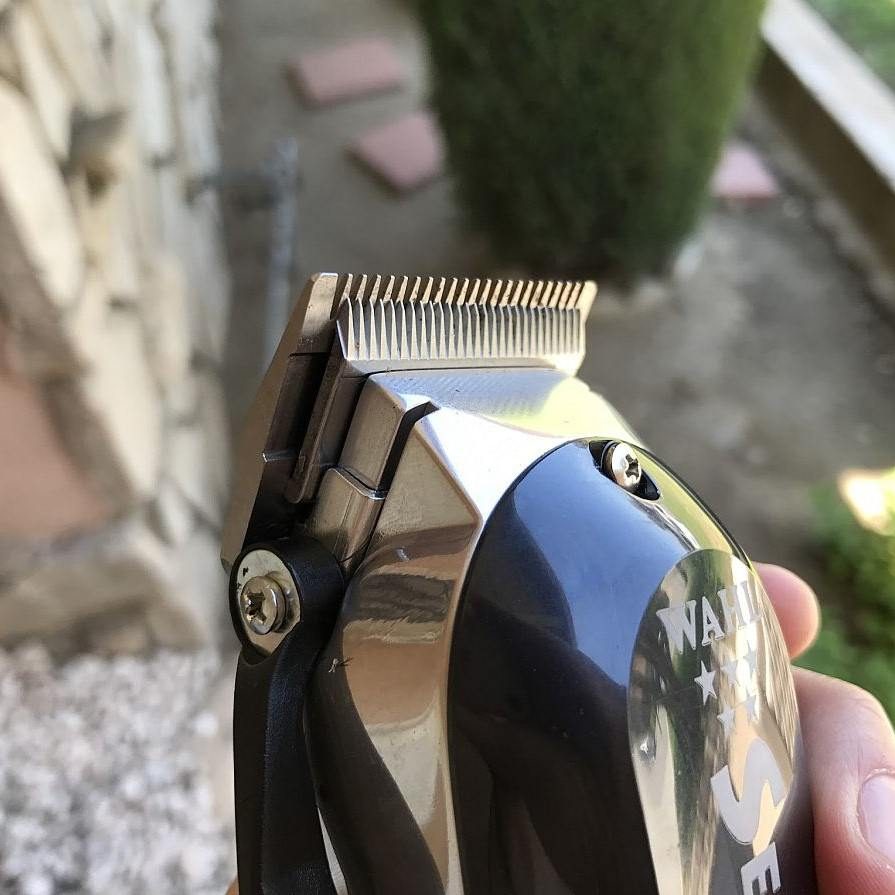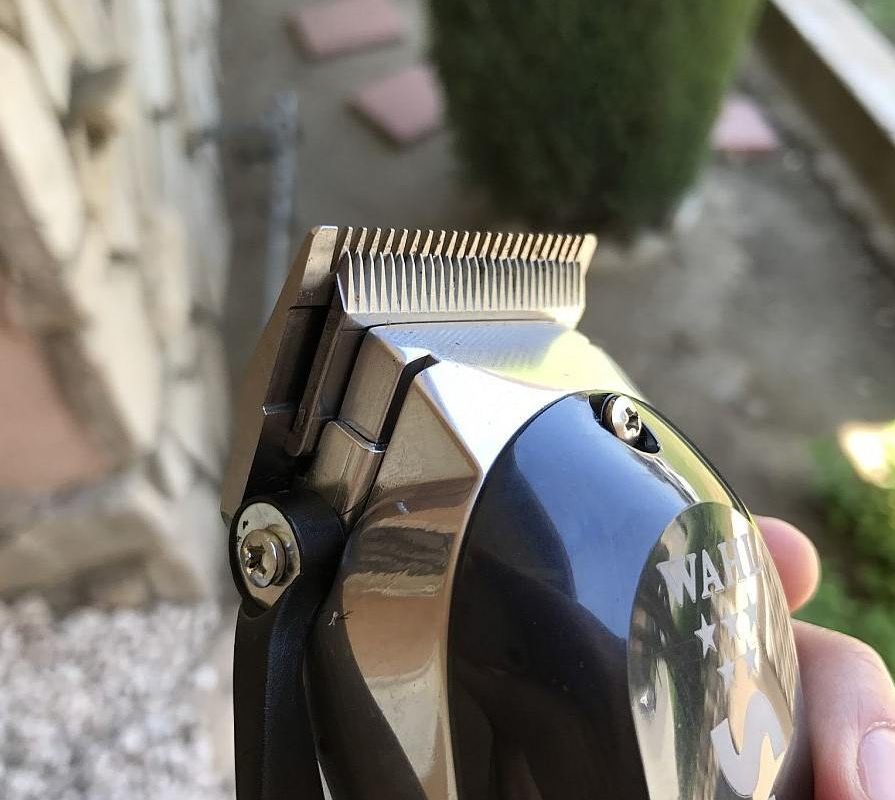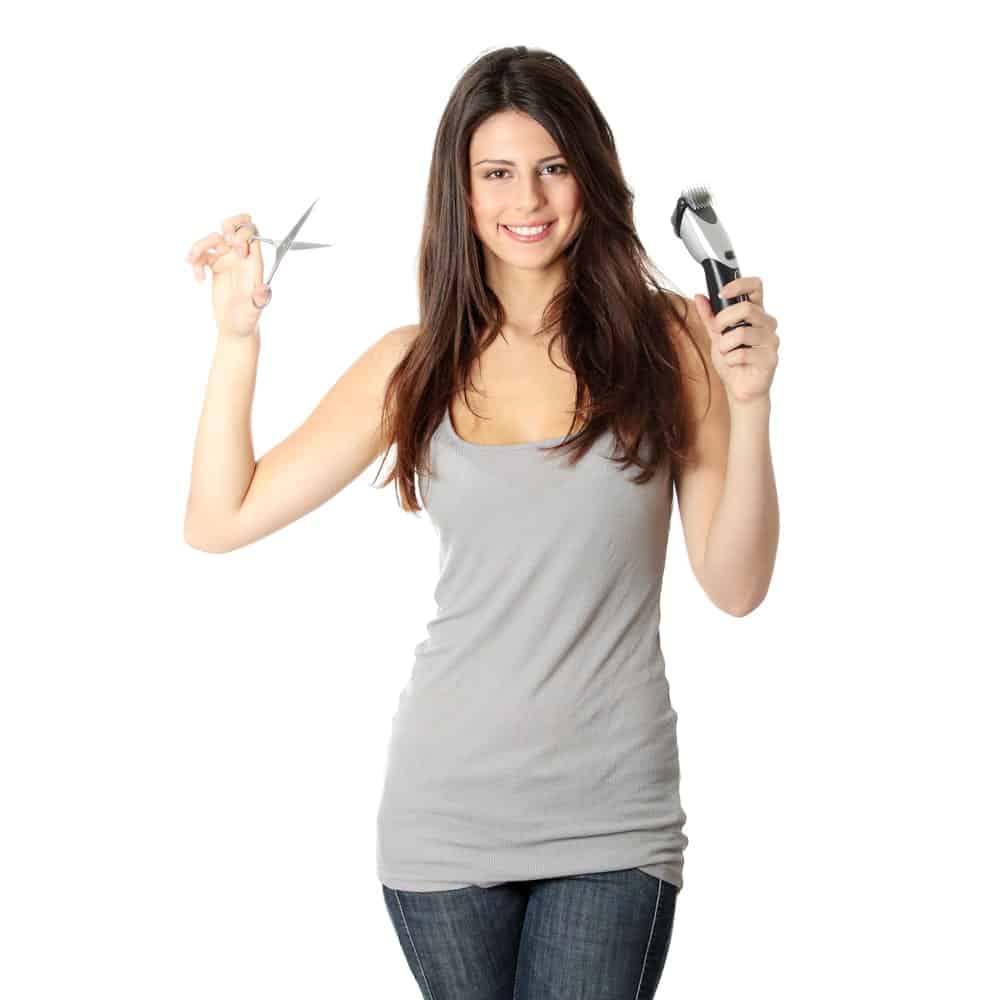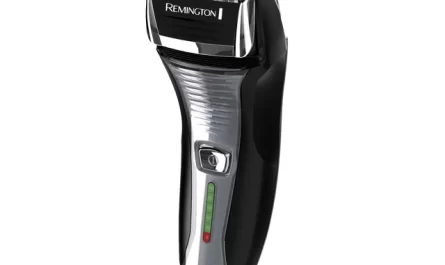If you’re someone who regularly uses hair clippers, you may occasionally encounter the frustrating experience of your clippers pulling your hair. This common issue can lead to discomfort, uneven cuts, and even hair damage. Understanding why this happens and how to address it is essential for anyone looking for a smooth, efficient grooming experience. In this article, we’ll delve into the various reasons behind this phenomenon, along with tips to prevent it from happening again.
The Importance of Proper Maintenance
One of the primary reasons hair clippers pull hair is inadequate maintenance. Like any other tool, hair clippers require care and regular upkeep to function optimally.
Cleaning Your Clippers
After each use, it is essential to clean your clippers to remove hair, skin cells, and product build-up. Clogged blades can struggle to cut hair smoothly, leading to pulling. Use a brush designed for clipper maintenance to remove debris from the blades and the clipper housing.
Oiling the Blades
Clipper blades must be oiled regularly to ensure they glide smoothly through hair. Without appropriate lubrication, the friction can cause the blades to catch on hair, resulting in a pulling sensation. A few drops of clipper oil on the blades before use can make a significant difference.
Blade Alignment
Another maintenance aspect is ensuring that the blades are properly aligned. Misaligned blades can create uneven cutting surfaces, pulling hair rather than cutting it cleanly. Regularly checking and adjusting the alignment of your blades is crucial for effective clipping.
Understanding Hair Growth and Texture
Everyone’s hair is unique in terms of thickness, texture, and growth patterns. These individual differences can affect how your clippers interact with your hair.
Thickness and Density
Thicker hair can be more difficult to cut, especially if the hair clippers are not equipped to handle such textures. If your clippers are designed for fine hair, they may struggle with thicker strands, leading to pulling. Adjusting your clipping technique and perhaps investing in a clipper designed for coarse hair can help mitigate this issue.
Curl Patterns
Curly hair can also pose challenges. Curl patterns may cause hair to get stuck in the clipper blades, resulting in pulling. To minimize this, ensure your clippers are sharp and try using a clipper specifically designed for textured hair.
Growth Direction
The direction in which your hair grows can also affect how well the clippers cut. If you’re cutting against the grain, the clippers may pull on the hair rather than cutting it evenly. Identifying the growth direction of your hair and clipping in the appropriate direction can reduce pulling.
Choosing the Right Clipper Guard
The clipper guard you choose can have significant implications for how well your clippers cut and whether they pull on your hair.
Guard Size
Different guard sizes are available, each suited for varying lengths and styles. A guard that is too long may cause the clippers to struggle, while one that is too short may pull on longer hair, especially if it’s tangled. Finding the right guard for your hair length is crucial for a smooth cutting experience.
Quality of Guards
The quality of the guard that comes with your clippers also matters. Cheaper guards may not fit perfectly or may become warped over time, affecting the performance of your clippers. Investing in higher-quality guards can ensure a better haircut without pulling.
The Role of Blade Quality
The quality of the blades themselves can also impact how well your clippers cut hair.
Material Matters
Blades made of high-quality stainless steel or ceramic typically provide a better cutting experience than those made of lower-quality materials. Low-quality blades can become dull quickly, leading to pulling. Regularly checking and replacing worn-out blades is vital to maintain optimal performance.
Sharpening Techniques
Over time, even the best blades can dull. Sharpening them may be necessary to restore their efficacy. Learning how to sharpen your clipper blades properly, or seeking professional sharpening services, can prolong the life of your clippers and improve cutting performance.
Techniques for Reducing Pulling
Sometimes, the issue may not solely reside in the clippers themselves but in your clipping technique. Adapting your method can lead to a more comfortable experience.
Sectioning Your Hair
Before you begin cutting, sectioning your hair can make handling it much easier. This method allows you to work with smaller portions of hair at a time, reducing the likelihood of tangles that can cause pulling.
Using the Right Pressure
Applying too much pressure while clipping can lead to hair pulling. Let the weight of the clippers do the work rather than forcing them through your hair. Using a lighter touch can yield smoother results and a more comfortable experience.
Wet vs. Dry Clipping
The state of your hair—whether it’s wet or dry—can also affect how clippers perform. Wet hair can be easier to manage and cut through, while dry hair may tangle more easily. Experimenting with the state of your hair during clipping can help identify which method works best for you.
Troubleshooting Common Issues
If you’re still experiencing problems, there are a few troubleshooting techniques you can apply to identify the issue.
Assessing for Dull Blades
If you suspect the blades may be dull, look closely at the cutting edges. If they appear nicked or worn, it may be time to sharpen or replace them. Dull blades can lead to dragging and pulling, so replacing them can vastly improve performance.
Checking for Hair Snags
If your clipper still pulls even after maintenance, check to see if hair is getting caught between the blades. Regularly inspecting your clippers for hair build-up can prevent issues.
Testing Different Speed Settings
Many clippers offer multiple speed settings. If your clippers are pulling hair, experimenting with different speed settings can sometimes resolve the issue. A slower speed may allow the clippers to work through hair more gently, reducing the risk of pulling.
Seeking Professional Help
If attempts to fix the issue on your own fail, seeking professional help is advisable.
Visiting a Barber or Stylist
Sometimes, an experienced barber or stylist can provide insights into why your clippers might be pulling hair. They may even offer to give your clippers a once-over to assess their condition.
Considering Professional Services for Clippers
If your clippers have seen better days, consider taking them to a professional service specialize in clipper maintenance. They can provide thorough cleaning, sharpening, and alignment to restore your clippers to optimal performance.
 Embracing Change in Personal Grooming
Embracing Change in Personal Grooming
Lastly, it’s essential to recognize that sometimes, your clippers may need an upgrade. Technology continuously evolves, and investing in a new set of hair clippers could save you from ongoing issues.
Upgrading Your Clippers
If you’ve tried everything and still experience pulling, it may be time to invest in a newer model designed for your specific hair type. Today’s market offers a wide range of clippers that cater to various hair types and styles.
Learning About New Technologies
Familiarizing yourself with new hair clipper technologies, such as self-sharpening blades or specialized cutting mechanisms, can lead to a better grooming experience. Many brands are now producing clippers designed to minimize pulling and enhance performance.
Conclusion
Experiencing your clippers pulling hair can be a frustrating ordeal, but identifying the cause and understanding how to address it can make all the difference. Whether through proper maintenance, selecting the right tools for your hair type, or improving your cutting technique, many avenues exist to alleviate this issue. Remember to always consider the overall condition of your clippers, including the blades and guards, and don’t hesitate to seek professional help if needed.
By taking these steps, you can significantly improve your grooming sessions, making them more effective and enjoyable. Ultimately, being proactive can lead to better haircuts and a more pleasant experience all around. So next time you ask yourself, “Why are my clippers pulling my hair?” take a moment to evaluate the tools and techniques you’re using, and you’ll likely find a solution.





